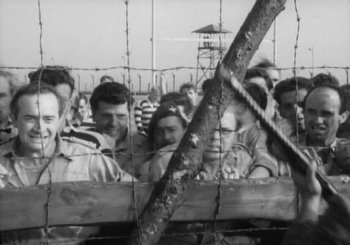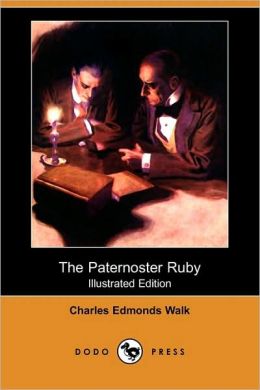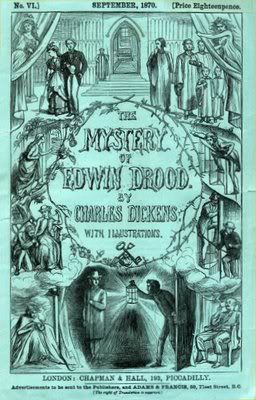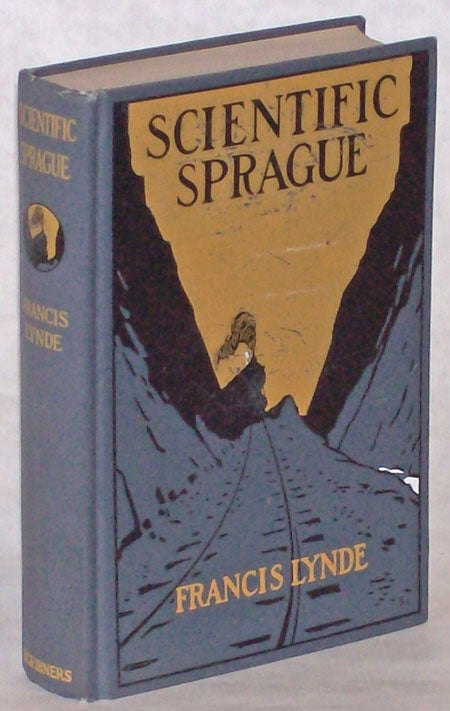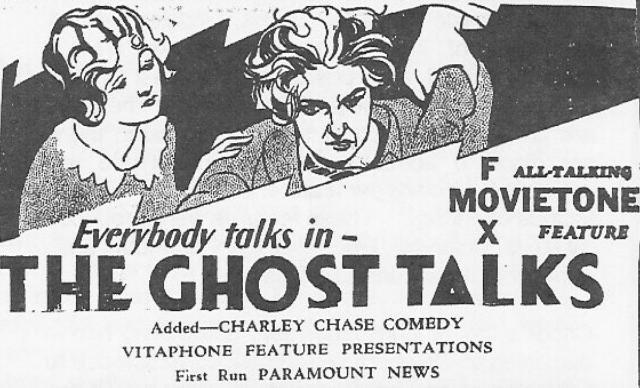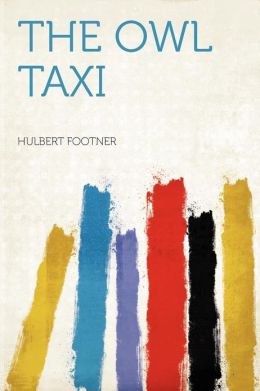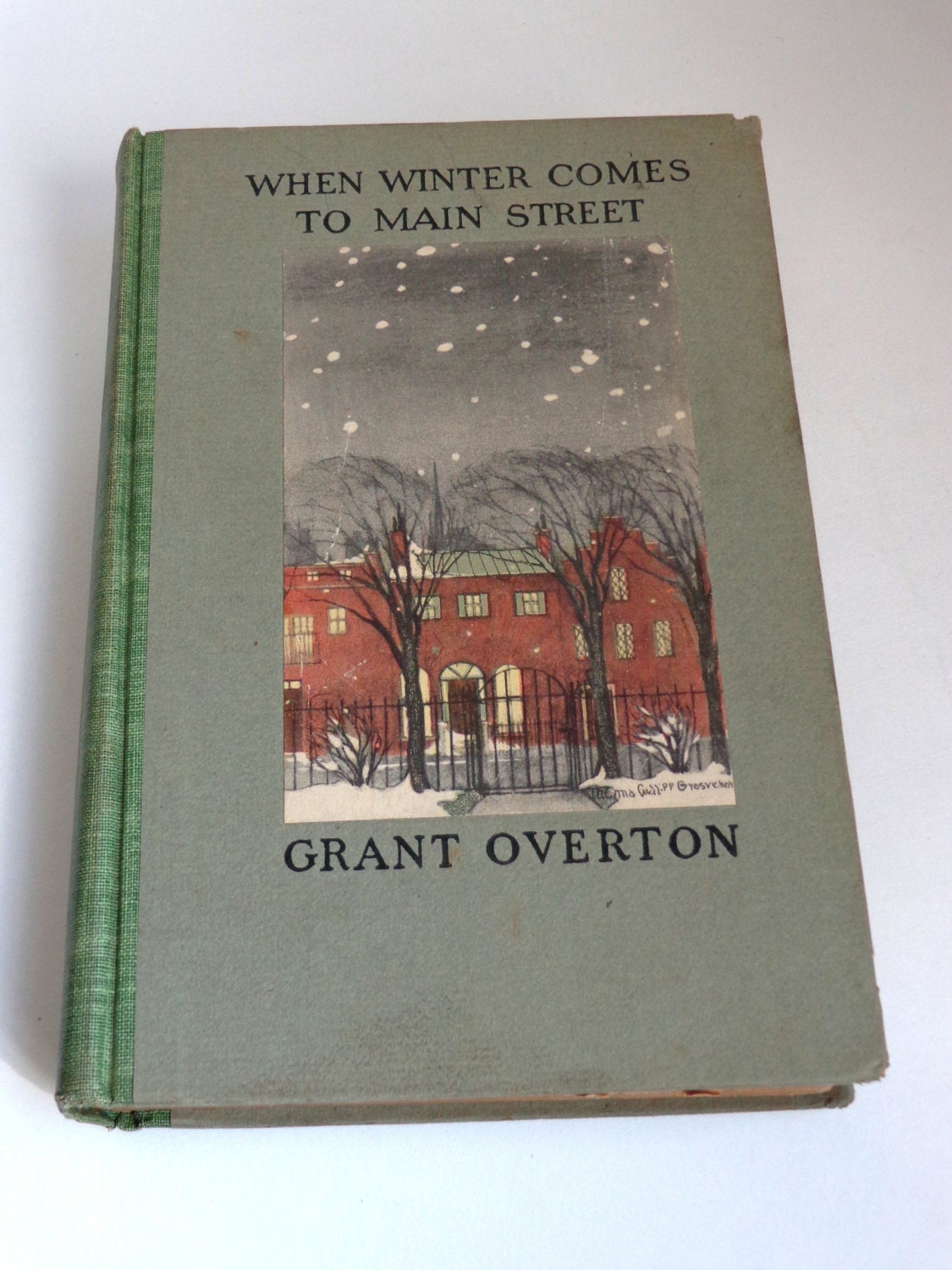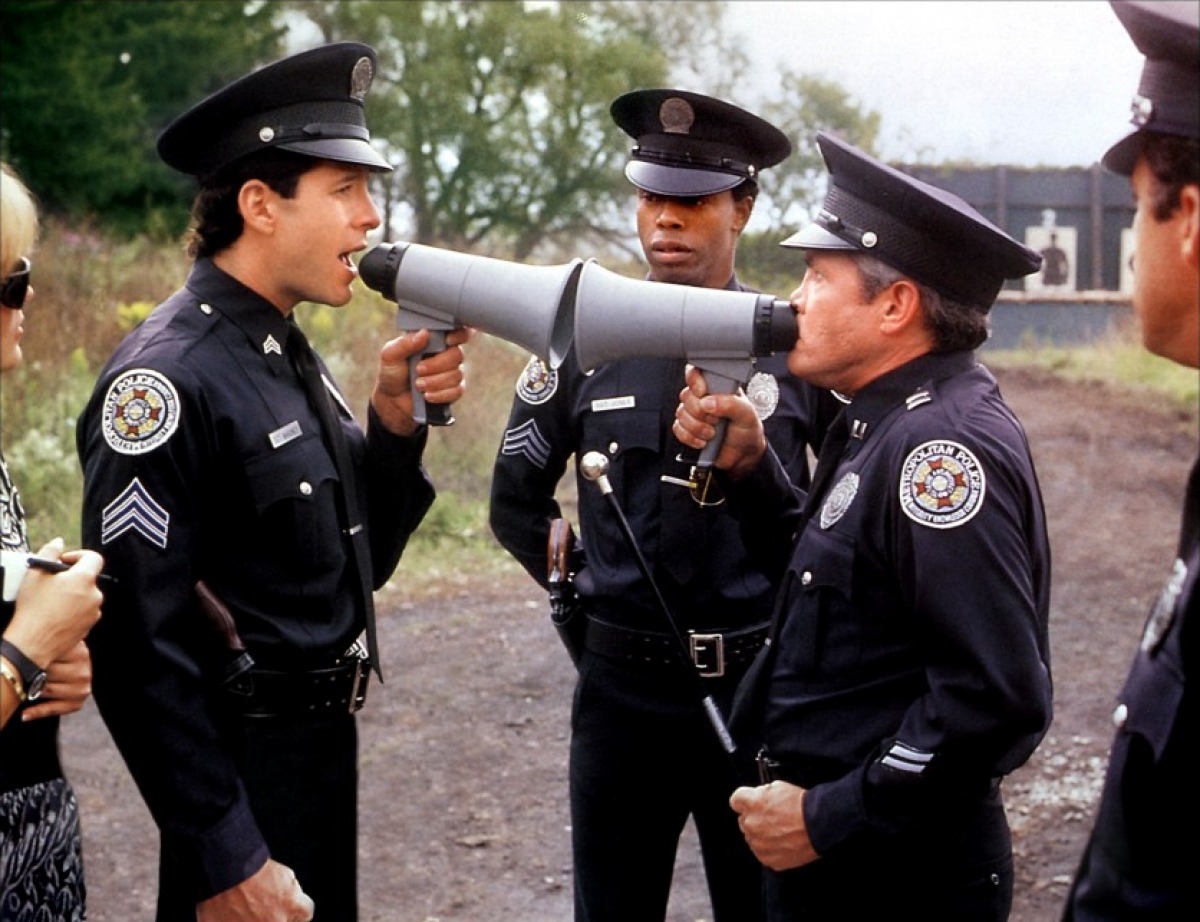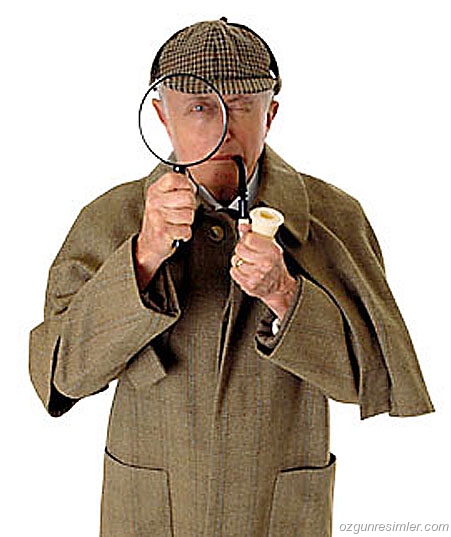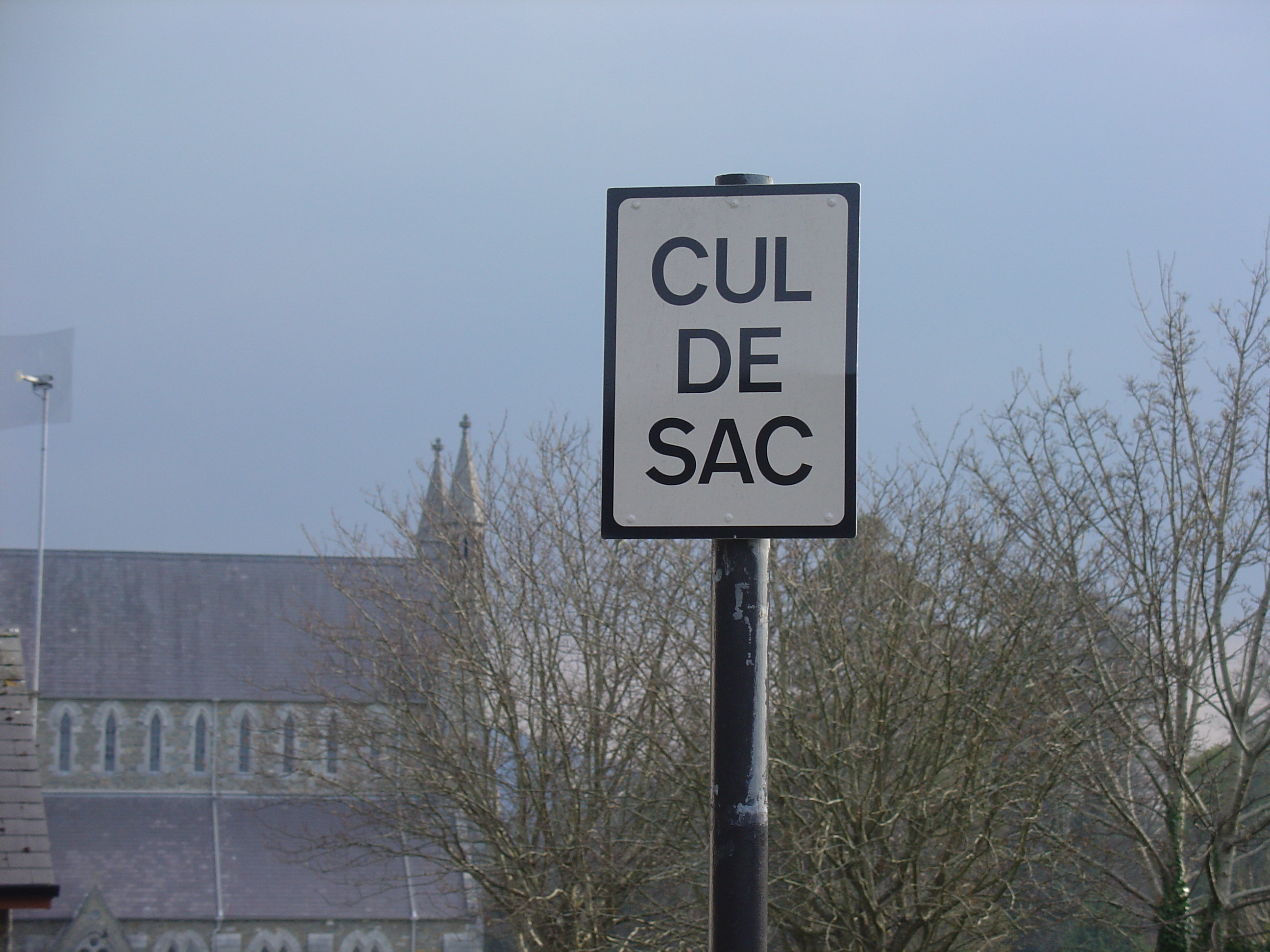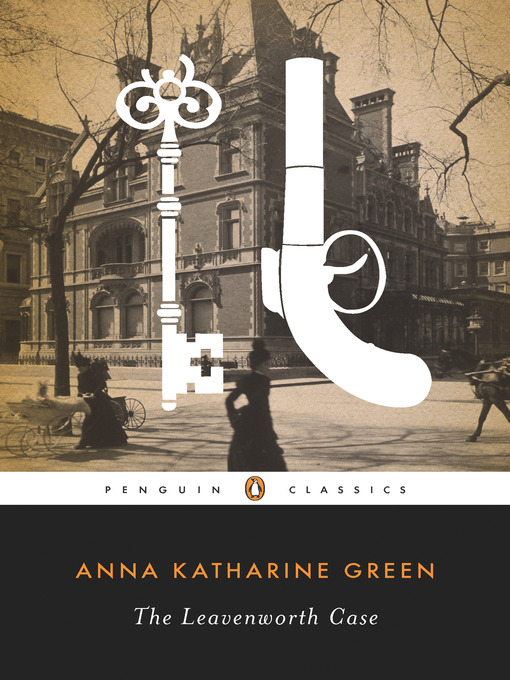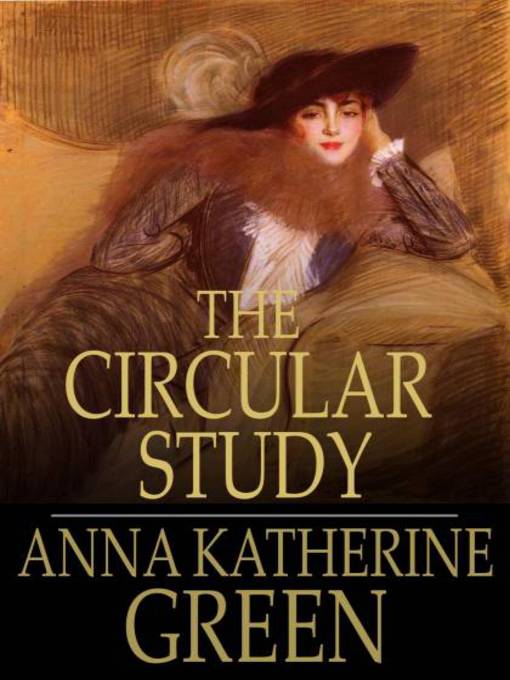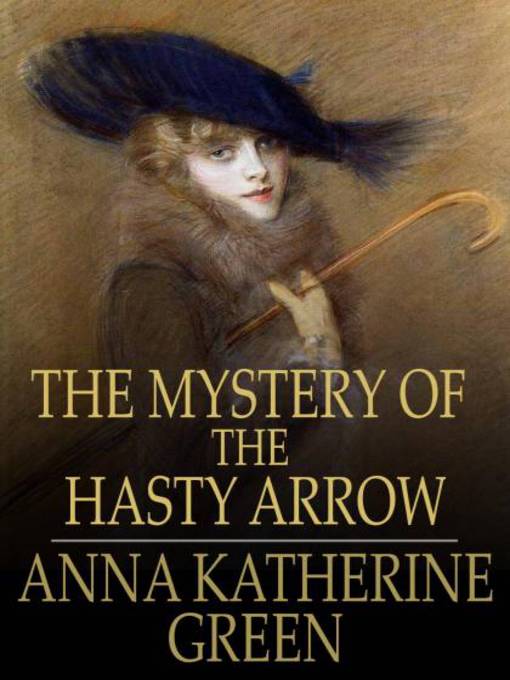THE ARBOR HOUSE TREASURY OF MYSTERY AND SUSPENSE.
Compiled by Bill Pronzini, Barry N. Malzberg, and Martin H. Greenberg.
Arbor House Publishers.
1982. 607 pages.
Here are three selections from one of the best anthologies:
EDWARD D. HOCH - "Burial Monuments Three." First appearance: ALFRED HITCHCOCK'S MYSTERY MAGAZINE (AHMM), May 1972. Reprinted in THE ARBOR HOUSE TREASURY.
"Do you come here often with men?" he asked, not really caring. His wife was a lifetime away just then, in another world.
"Does it matter?"
"No."
"Does it matter if I killed them?"
Thunder crashed above the trees. He shifted position and drew her closer. "You didn't kill anybody."
"How do you know?"
"I know. I've met a few murderers in my time, and you're not one of them."
Comment: Newscaster Steve Hampton turns off the turnpike to explore back roads territory. He's on vacation, however, and isn't really looking for a story.
But that will change dramatically when he meets young and beautiful Janie Mason, who lives all alone in the woods. To hear her tell it, the Big Bad Wolf would have reason to be afraid of her.
Janie, you see, doesn't mind it when she tells Steve she killed her mother, father, and uncle and buried them herself. Three graves seem to offer mute confirmation of her story.
But there's someone running loose who will put Steve's life in direst jeopardy. One of the graves is really empty, and the person who should be in it is wandering about—with an ax . . . .
JON L. BREEN - "Hercule Poirot in the Year 2010." First appearance: ELLERY QUEEN'S MYSTERY MAGAZINE (EQMM), March 1975. Reprinted several times.
"We've been hearing for some time that thought therapists can teach people to so manipulate their conscious minds as to be immune to our thought readers. But I never had a specific example of it until our present case. I have four suspects in the murder of Gaylord Tenney—four suspects only—and one of them has to be the murderer. Anything else is physically impossible, and yet the thought readings on all four indicate innocence of the crime!"
Comment: Gaylord Tenney has spent much of his life swindling people out of their rightful property, so it seems only just that he spend the last few moments of his misspent life in the presence of people who all have good reason to want him dead.
On the New York-to-London Underground train, Tenney's body is discovered "bleeding all over his newspaper, a dagger in his heart. Quite dead."
The investigating officer, Colonel Hart-Winston, has mind-reading technicians at his disposal, but to no avail.
As a last resort, the colonel calls on the assistance of Hercule Poirot—but can Poirot's 150-year-old little grey cells detect the malefactor before s/he can get away with murder?
WILLIAM BRITTAIN - "Mr. Strang Accepts a Challenge." First appearance: EQMM, November 1976. Also reprinted in THE MAMMOTH BOOK OF LOCKED-ROOM MYSTERIES AND IMPOSSIBLE CRIMES, edited by Mike Ashley, 2000.
"The method of murder was not only heartless, as all murders are, it was also devilishly clever."
Comment: Mr. Strang, a teacher at Aldershot High School, is challenged by one of his students to use logic to solve a real-life murder mystery.
The police haven't been able to close the case of a miserly old guy's death who had his skull crushed by a heavy weight dropped from overhead. The problem is that the prime suspects with the strongest motivations to terminate that odious old man—after all, he was trying to trick them out of their home—were two octogenarian sisters who couldn't possibly lift anything heavy enough to do the job. Not only that, but the death occurred at the exact moment that the two old ladies were standing on the other side of a closed door, with a minister right there beside them as their witness.
The police are reluctant to pursue the investigation further because one of the sisters has since died, and the other has been committed to a retirement home.
While the whole thing seems hopeless, nevertheless Mr. Strang accepts his student's challenge and proves that the impossible is altogether possible—under the right circumstances.
Category: Detective fiction
HILLARY WAUGH'S GUIDE TO MYSTERIES AND MYSTERY WRITING.
By Hillary Waugh (1920-2008).
Writer's Digest Books.
1991. 208 pages.
Generations of detective story readers and writers owe a great deal to Edgar Allan Poe. In his book Waugh notes how Poe—in a fit of sobriety—introduced twelve "Essential Ingredients of the Mystery," ten of them in his first three detective tales alone:
1. The transcendent and eccentric detective.
2. The admiring and slightly stupid foil.
3. The well-intentioned, blundering officials.
4. The locked-room convention.
5. The pointing finger of unjust suspicion.
6. The solution by surprise.
7. Solution by putting one's self in another's position.
8. Concealment by means of the ultra-obvious.
9. The staged ruse to force the culprit's hand.
10. Even the expansive and condescending explanation when the chase is done.
In other stories Poe also introduced:
11. The hidden clue.
12. The cipher.
However, he missed one important mystery story convention:
. . . there is one feature of the detective novel, vital to its existence, that not only Poe, but all his successors overlooked for more than seventy-five years. That is the element of Fair Play.
Category: Detective fiction
THE LEADEN BUBBLE
By H. C. Branson.
Simon & Schuster.
1949. $2.50
On THE MYSTERY*FILE weblog, there's an assessment by William F. Deeck of one of Branson's few novels:
The publishers say that this novel “is not a book to be told; it needs to be read . . .” I agree.
Here's the full review of THE LEADEN BUBBLE from THE SATURDAY REVIEW (April 2, 1949), archived here:
Detective John (Bearded) Bent arrives too late to hear aged client's story, but remains to solve rather fearsome small-town family slayings.
Straightforward detecting, interesting group of characters, some amusing boarding-house scenes, and enough romance to flavor it nicely.
Verdict: Worth reading.
Links to short reviews of some other Branson books are in the titles:
~ I'LL EAT YOU LAST (1941)
"Literate, logical and leisurely . . ."
~ THE PRICKING THUMB (1942)
". . . sound, logical, and engrossing solution . . ."
~ CASE OF THE GIANT KILLER (1944)
"Shrewd detecting, ample action . . ."
~ LAST YEAR'S BLOOD (1947)
"Forthrightly written, ably characterized, amply baffling."
~ BEGGAR'S CHOICE (1953)
"Highly recommended."
More information about H. C. Branson and his work is here, here, and here.
Category: Detective fiction
DEATH IN CAPTIVITY.
By Michael Gilbert.
Harper's.
1952. $3.00
[a.k.a. THE DANGER WITHIN]
At TIPPING MY FEDORA (25 October 2013), Sergio reviews an ingenious mixed-genre novel:
Gilbert . . . deserves great credit for his seamless blending of a fair play whodunit, impossible crime and an exciting story of wartime escape, told with a steady hand and a fine line in dry humour. There are lots of surprises in this superb and unusual book and should please even the most discerning of mystery fans.
Also see this article from THE SATURDAY REVIEW (October 4, 1952), archived here.
The GAD Wiki has more.
The UNZ index lists 219 items for Michael Gilbert.
Category: Detective fiction
THE PATERNOSTER RUBY.
By Charles Edmonds Walk.
A. L. Burt Company.
1910.
Mary Reed recently entertainingly reviewed this book on the GADetection group. Excerpts:
THE PATERNOSTER RUBY may not be bang in the middle of the generally accepted dates for the Golden Age but don't let that stop you from reading this novel.
For those who like them—and I do, very much—it features a second floor plan and a reproduction of a cipher of several numbers, oh frabjous day! Not to mention colour illustrations. Can't beat such riches with a big stick!
Just over a century ago another review appeared in THE NATION (November 3, 1910), archived here (scroll down to page 418, middle bottom). The full article follows:
It is a little disheartening at the end of this detective story to find our suspicions of the ruby confirmed. It really was stolen from an Eastern temple, and the usual sly Orientals—all Orientals are born with detective powers that put Sherlock Holmes to the blush, and a memory that holds a thousand years as yesterday—are on its track.
The real protagonists in the contest, however, are two giant wheat speculators of Chicago, one of whom, a lover of rare gems, stole away the other's sweetheart in the old days and has ever since been the victim of the other's relentless vengeance.
The detective is this time a central officer—neither a wizard nor an ass, as central officers commonly are in fiction, but a man who blunders and succeeds like ordinary mortals. He falls in love, unfortunately—when will writers learn that the so-called "love interest" is almost necessarily out of place in detective fiction?
For the rest the story starts well and maintains its legitimate interest well to the end. The surprise in the denouement is justified and the game with the reader played fairly—except for the Orientals who, however, are kept in the background.
You can find THE PATERNOSTER RUBY in various formats on Project Gutenberg. And Resurrected Press has an edition as well.
Other available Walk titles include:
~ THE SILVER BLADE (1908), online here and briefly reviewed here (scroll down to page 313).
~ THE YELLOW CIRCLE (1909), online here.
~ THE TIME LOCK (1912)
~ THE GREEN SEAL (1914)
Category: Detective fiction
THE PROBLEM OF EDWIN DROOD.
By W. Robertson Nicoll.
Geo. H. Doran Co.
1912. $1.25
Portions of the review in THE NATION (January 16, 1913), archived here.
Excerpts:
Death took a hand in a fine piece of mystification, by stilling the voice of the great story-teller in the middle of "Edwin Drood." The world has been tolerably well content to leave half-told the story of Cambuscan bold, but the tale of Drood has been completed—in fancy—scores of times: the mystery of him is infinitely more absorbing than if Dickens had been permitted to solve it for us.
The mysteries of Drood and of Datchery are dealt with in this book.
. . . Sir Luke Fildes, the sole illustrator of the story (except for the wrapper), has testified that Jasper was provided with a double-length necktie because "Jasper strangles Edwin Drood with it."
. . . it appears that there have been careful and prayerful students of the subject who, while they are ready to admit that Jasper did his best to erase his nephew with the aid of quicklime, and rejoiced in the belief that the method had been effectual, suggest that he may have been more sanguine than sanguinary.
See also these other reviews: THE OUTLOOK (January 4, 1913) (scroll to page 47) and THE BOOKMAN (February 1913).
For an information overload go here, here, here, and here.
Category: Detective fiction
SCIENTIFIC SPRAGUE.
By Francis Lynde.
Chas. Scribner's Sons.
1912.
The entire review as it appeared in THE NATION (January 9, 1913), archived here (scroll down to page 36, left at bottom):
This volume continues the history of the inter-mountain railway which played title role in the "Taming of Red Butte Western." Re-christened the Nevada Short Line, that indispensable and now thoroughly regenerate branch of the Pacific Southwestern might have enjoyed deserved prosperity had not its ancient enemy, the avid Transcontinental, marked it for its prey.
Many and fiendish were the devices by which the "pirates of high finance" sought to render the Short Line amenable to assimilation through the depreciation of its stock.
Wrecks were mysteriously incited by fake messages on the train dispatcher's wire, important papers en route to a directors' meeting were intercepted, a tunnel was to be demolished by nitroglycerine, a dam by dynamite, whiskey was surreptitiously fed to men and vitriol to engines, and, these expedients failing, the big system made a last audacious attempt to swallow the little road whole, alive and violently kicking, and to retain it by process of law.
In every case it was Scientific Sprague, the Government soil-tester, and amateur detective, who foiled the agents of the enemy and identified the long arm of criminal enterprise with its directing brain-centre in New York.
In spite of his friendly services to the Nevada Short Line, and his admirable endowments of size, muscle, and modesty, it is doubtful whether Sprague as a personality will strongly impress himself upon the popular mind.
Few readers are likely to share the gaping mystification with which the other people in the story follow his unerring steps towards prevention and detection, or to be as profoundly impressed as is the author by those seizures of sphinx-like immobility in which Sprague did his best thinking.
The "appeal" of the tale lies neither in the mysteries of crime nor the ingenuities of the sleuth, but in an abundance of situations boldly designed to raise the reader's hair with apprehension.
See also the review in THE BOOKMAN (December 1912), archived here (scroll down to page 439, bottom left). SCIENTIFIC SPRAGUE is online here. And Mike Grost, on the GAD Wiki, also discusses this book.
Category: Detective fiction
Thoughts from everywhere and everywhen:
Even on Central Avenue, not the quietest dressed street in the world, he looked about as inconspicuous as a tarantula on a slice of angel food.
April is the cruellest month, breeding
Lilacs out of the dead land, mixing
Memory and desire, stirring
Dull roots with spring rain.
"So this is it, is it? Through the swirling fog of Victorian London a young girl is hacked to death by Toad of Toad Hall!"
There is an old Polish proverb that says: "If you're not sure it's potato Borscht, there could be orphans working in the mine."
"Okay, nobody move! All right, you weasels, grab some sky or I let the judge have it. You heard me, I said drop it!"
"Roger, darling!"
"That's right, my dear. I'd love to embrace you, but first I have to satisfy my sense of moral outrage."
"Spread the news . . . that he is back! To help the helpless! To befriend the friendless! And to defeat the . . . feetless!"
"Oh, no. Where's Roger?"
"Roger? He chickened out on me back at the studio."
"No, he didn't. I hit him in the head with a frying pan and put him in the trunk . . . so he wouldn't get hurt."
"Makes perfect sense."
"If you're going to kill someone, do it simply."
My original intention in writing these stories was to entertain. If I did not entertain first the editor and then the readers, I did not get paid. And if I did not get paid, I would have to go find honest work.
"Personally, I don't like a girlfriend to have a husband. If she'll fool her husband, I figure she'll fool me."
The perfect impossible solution would be one whose secret could be explained in four or five lines.
A realist is somebody who thinks the world is simple enough to be understood. It isn't.
"Do you mean to tell me you could have taken your hand out of that cuff at any time?"
"Oh, no, not any time! Only when it was funny."
In detective stories, virtue is always triumphant. They're the purest literature we have.
"Do you think you can make a monkey out of me?"
"Certainly not. I wouldn't try to improve on God's creation."
"To a great mind, nothing is little."
A historian of the future will probably turn, not to blue books or statistics, but to detective stories if he wishes to study the manners of our age.
The detective story is, quite simply, the most interesting and enjoyable genre of fiction. Although it has the requirements of a problem to be solved and its solution offered in the final chapter, it is a very flexible form. It can be a novel of character, full of believable people and social commentary. It can be a straightforward mathematical problem of chemical formulae and railway timetables. It can be an elaborate flight of fancy with baroque plotting and eccentric characters, or a terrifying ghost story in which reason itself is threatened.
"I heard on the radio this morning that the police are looking for a man with one eye."
"Typical inefficiency."
"Coincidence is permissible in stories but is so distressing in actual life. It shakes one's confidence in the logic of things."
Love or money can conceal every other disturbing occurrence to be met with in civil life, but sudden death is inviolate. A body is the one thing that cannot be explained away.
"The slug from his gun had ploughed a furrow across the top of my scalp. Close enough to hurt, but no more than that. One inch lower, and I would have been a bad verse on a chunk of granite."
"Truth will come to light; murder cannot be hid long."
"I've never liked this scene. Detective confronts murderer. Murderer produces gun, points same at detective. Murderer tells detective the whole sad story, with the idea of shooting him at the end of it. Thus wasting a lot of valuable time, even if in the end murderer did shoot detective. Only murderer never does. Something always happens to prevent it."
"One must disregard nothing but the impossible."
It can be safely said that no one who knew him at the time would have guessed that Edgar Allan Poe, the author of some of the darkest tales of the macabre, the hideous, and the frightening—those emotional products of an obviously disturbed and unfettered mind—could possibly have spawned a field of literature of which clear-headed thinking, ratiocination, the careful analysis of cause and effect, and the creation and solution of puzzles are the hallmarks and essence—the detective story. In such a field, Edgar Allan Poe would have been voted least likely to succeed. As poet and mathematician, he would reason well; as mere mathematician, he could not have reasoned at all."
Category: Detective fiction
Nicholas Fuller has done a great deal of good, scholarly work in the detective/crime fiction field, much of which has been published on the MYSTERICAL-E webzine.
About Paul Halter, Gallic impossible crime specialist, Fuller writes:
Halter's work is heavily inspired by that of John Dickson Carr, the great Anglo-American detective writer and master of the impossible crime—murders committed in locked rooms, inaccessible towers, and on beaches where not a single footprint was left by the murderer.
Fuller has two articles concerning Halter here and here.
About criminous Christmases.
About H. C. Bailey.
Category: Detective fiction
"Lord Peter Death Bredon Wimsey burst upon the British mystery novel scene in 1923, making his debut in WHOSE BODY?, a prose puzzle so contrived and chirrupy it resembles a filigree cuckoo clock."
In her review of THRONES, DOMINATIONS and THE LETTERS OF DOROTHY L. SAYERS--VOLUME 2, entitled "Lord Peter's Last Case" (NEW YORK TIMES, March 15, 1998), Joyce Carol Oates writes:
In his now-classic essay of 1944, "The Simple Art of Murder," Raymond Chandler criticizes Dorothy Sayers—and by implication her colleagues in the golden age of English mystery writing, Agatha Christie and John Dickson Carr—for writing formula fiction that would not make first-rate literature.
"If it started out to be about real people," he writes, "they must very soon do unreal things in order to fit the artificial pattern required by the plot. When they did the unreal things, they ceased to be real themselves. . . . The only kind of writer who could be happy with these properties was the one who did not know what reality was."
Yet Chandler's own "realism" has become fantastical, set beside the work of writers as disparate as Ed McBain, Thomas Harris and James Ellroy, in which murder is rarely an art, still less a genteel one.
Chandler might have found much to admire in THRONES, DOMINATIONS, for there is relatively little that is contrived in the tangled plot, and the psychological motives for the murder are respectfully explored.
The full review is online at the NYT website.
Category: Detective fiction
Here is an ancient (cyberspatially speaking) article ("Amateurs, Tough Guys, and a Dubious Pursuit: Crime and Correspondence Study in Popular Culture," 1992, by Von Pittman [link is now dead]) about the surprisingly enduring relationship between detectives and correspondence schools.
Besides Philo Gubb, the article also discusses mystery films, plays, and fiction as they impinge on the subject. Included:
~ SHERLOCK, JR. (1924), with Buster Keaton as a kind of Philo Gubb character.
~ THE MONSTER (1925), with Lon Chaney.
~ THE GHOST TALKS (1929), an early talkie.
~ HEARTS OF THE WEST (1975), with Jeff Bridges taking his revenge in the early days of film making.
~ Raymond Chandler's contempt for correspondence schools in several of his books and films.
~ THE MOUSETRAP (1952) has Agatha Christie using correspondence schools as an ominous plot point.
~ John Mortimer's Horace Rumpole using them to comic effect.
~ Ross Thomas.
~ Loren Estleman.
~ . . . and, of course, Donald Westlake.
Category: Detective fiction
~ THE OWL TAXI (1921)
~ RAMSHACKLE HOUSE (1922)
~ THIEVES' WIT (1916)
Serialized in MUNSEY'S MAGAZINE:
Part 1
Part 2
Part 3
Part 4
Part 5
Part 6
Category: Detective fiction
WHEN WINTER COMES TO MAIN STREET.
By Grant Overton.
George H. Doran.
1922. 384 pages.
Chapter IV: "Where the Plot Thickens."
Pages 68-77.
Grant Overton skims over some then-popular mystery authors and their works from the late teens and early twenties.
Excerpts:
SCARCELY anyone is there, now writing mystery stories, who, with the combination of ingenuity—or perhaps I should say originality—dependableness, and a sufficient atmosphere comes up to the high and steady level of Frank L. Packard. . . .Packard differs from his fellow-writers of mystery stories in his flair for the unusual idea.
. . . BULLDOG DRUMMOND [by H. C. McNeile] was a novelty. Apparently it was possible to write a first rate detective-mystery story with touches of crisp humour as good as Pelham Grenville Wodehouse's stuff!

"If your are questing for character-study or for realism or for true literature in any of its forms,—then walk around this book of mine (and, indeed, any book of mine); for it was not written for you and it will have no appeal for you. . . . there are worse faults to a plot than an occasional tendency to creakiness. It means, for one thing, that numberless skippable pages are not consumed in photographic description of the ill-assorted furnishings of the heroine's room or cosmos; nor in setting forth the myriad phases of thought undergone by the hero in seeking to check the sway of his pet complexes. . . . there is nothing especially debasing in a taste for yarns which drip with mystery and suspense and ceaseless action; even if the style and concept of these yarns be grossly lacking in certain approved elements."
Hulbert Footner does not look like a writer of mystery stories.
. . . this book [GOLD-KILLER] opens with a murder at the opera and finishes (practically) with a nose dive in an airplane . . .
Mrs. Baillie Reynolds's latest novel is called THE JUDGMENT OF CHARIS. It is not a story to tell too much about in advance.
. . . THE VANISHING OF BETTY VARIAN [by Carolyn Wells] is one of the author's best . . .
Mrs. [Belloc] Lowndes's gifts, different from her distinguished brother's [Hilaire Belloc], are none the less gifts.
Category: Detective fiction
On THE GRAVEYARD SHIFT weblog (October 21, 2013), Lee Lofland points out more than a few errors that crime fiction writers (especially those working in television) keep making:
. . . it’s perfectly fine and dandy to stretch the truth and even make up stuff when writing fiction, but the make-believe absolutely must be believable, and not just when writing fictional cop stuff. Other things in stories must also be believable—not necessarily true, but believable. Or, as I like to say, believable make-believe.
His 20-item list of no-no's would scuttle most of the crime dramas on TV.
Category: Detective fiction
THE MYSTERY OF THE SECOND SHOT.
By Rufus Gillmore (1869-1935).
D. Appleton & Co.
1912. 299 pages.Available on Kindle.
The full review as it appeared in THE NATION (May 2, 1912), archived here (scroll down to page 439, middle top):
A ruffianly promoter and banker of Boston takes a method of revenge so strange that the mystery of his own death is not solved until the end of the book. The dramatic interest of the solution is enhanced by the fact that the detective is a reporter in rivalry not only with the stupid police force—that device begins to pall—but also with the star reporter of his own paper.
Mr. Gillmore handles his plot well, but somehow for part of the book fails to excite the reader; perhaps through lack of imaginative power to visualize the scenes of horror and suspicion.
The end in the courtroom is well told, and the climax comes naturally and powerfully, with no trailing descent after it.
Other titles by Rufus Gillmore:
~ THE ALSTER CASE (1914), available here and here, and reviewed here.
~ THE OPAL PIN (1914)
~ THE EBONY BED MURDER (1932), available here, reviewed here.
See also Mike Grost's article about Gillmore here.
Category: Detective fiction
Suzanne S. Barnhill gave a speech ("The Perfect Detective Novel," 1991, PDF) [link now dead] that could have you often nodding your head in assent or possibly shaking it negatively.
Excerpts:
The ideal detective novel should be, first and foremost, a novel.
Second, the novel must be a mystery.
The detective novel, needless to say, must have a detective.
The next criterion of the perfect detective novel is that a crime must have been committed.
The next requirement is that the detective must solve the crime, not just witness its solution.
The perfect detective novel should have a distinct set of suspects, and the perpetrator (murderer) must be one of them.
Although detective stories are generally thought of as escape fiction, I think that the perfect detective novel should also be educational.
Although I like detective stories to be educational, and historical fiction can certainly be very enlightening, I want my detective novel to be set in the present.
. . . my perfect detective novel is also not too realistic.
. . . ideally my perfect detective novel is one of a series. When you have discovered an author and detective you like, you want to be able to return to them again and again . . .
Not only should the detective novel not be too grittily realistic, it should ideally be told with humor. Murder is too serious a subject to be entertaining escape fiction if told seriously . . .
The perfect detective novel should be at least literate if not literary. The erudite detective is now almost a thing of the past . . .
The novel should have interesting, colorful, memorable characters.
I think it is a requirement of the perfect detective novel that the detective, whether married or single, have a stable love life.
One very important criterion of the perfect detective novel is that the detective have a believable means of support. There was a time when we accepted amateur detectives as being independently wealthy (or, in the case of such spinsters as Miss Marple, at least independently comfortable), but in modern novels the detective must have some way of earning a living and must be seen to be doing so.
Category: Detective fiction
This particular critic (Clive James, THE NEW YORKER, April 9, 2007) takes a dim view of where crime fiction is heading:
It took a long time for the roman policier to run through all its possible variations of plot and character. The constant advance of technology has provided new ways to stash the corpse (in the foundations of the nuclear power plant) and to track down the culprit (after the fingerprints and the phone-bill paper trail came the credit-card account, the heat signature, the carbon footprint). We’ve had increasing numbers of women detectives and the emergence of the female coroner. But, finally, there are only so many storylines and patterns of conflict. The only workable solution has been to shift the reader’s involvement from the center to the periphery: to the location. In most of the crime novels coming out now, it’s a matter not of what happens but of where. Essentially, they are guidebooks.
Category: Detective fiction
Who wrote this? He's not often thought of as hard-boiled, and there's a reason for that:
. . . the marble globe, after tottering on its base, fell squarely on Mr. McGee's head giving him a strange, dreamlike feeling. Stars were whirling before his eyes, and there seemed to be an unusual number of birds singing in the vicinity.
Category: Detective fiction
On the Criminal Brief blog (March 30, 2008), D. P. Lyle, M. D., dispels some common forensics misapprehensions.
Among the common myth-conceptions he discusses:
The Quick Death
The Pretty Death
The Bleeding Death
The Accurate Time of Death
The One-punch Knockout
The Disappearing Black Eye
The Quick Healing
The Untraceable Poison
The Instant Athlete
The Instant Lab Result
"No one dies instantly. Well, almost no one."
"Real dead people are ugly. I don't care what they looked like during life, in death they are pale, waxy, and gray."
"Your detective arrives at a murder scene a half hour after the deed. Blood oozes from the corpse's mouth and from the [wound] in his chest. Tilt! Dead folks don't bleed."
"The Untraceable Poison: No such thing."
. . . and much more.
D. P. Lyle and Jan Burke have launched CRIME AND SCIENCE RADIO.
Category: Detective fiction
THE LEAVENWORTH CASE.
By Anna Katherine Green (Mrs. Charles Rolfs, 1846-1935).
1878.Online HERE.
She may have been a failure as a poet, but Anna Katherine Green struck gold when she started killing off people.
Otto Penzler and Chris Steinbrunner write:
THE LEAVENWORTH CASE has many elements that have become cliches in detective fiction. Rich old Mr. Leavenworth is murdered in his luxurious library just as he is about to sign a new will. A dignified, if suspicious, butler, a ballistics expert, and a long coroner's inquiry--complete with minute medical evidence—are components of this novel, which has been inaccurately described as the first American detective novel. As [Ebenezer] Gryce uncovers clues, and expert witnesses prove the cause and time of death, each of the Leavenworth daughters falls under suspicion. (ENCYLOPEDIA OF MYSTERY AND DETECTION, p. 179.)
Concerning the character of Ebenezer Gryce, they write:
There is no eccentricity about him, and no lack of dignity, but he nevertheless feels that his profession does not allow him to be considered a gentleman. (Ibid.)
Concerning his employment of Mr. Raymond and Amelia Butterworth:
She [Amelia] is one of the earliest female detectives, and her social standing gives her entree to certain people and situations that Gryce—incomprehensibly—feels are above him. (Ibid.)
Steinbrunner and Penzler note two films made from this book:
A silent version from 1923.
A talkie version from Republic Pictures in 1936 with Donald Cook, Norman Foster, and Erin O'Brien-Moore: "By whistling a certain tune, the owner of a monkey trains the animal to enter a room and turn on the gas jet; several murders result." (Ibid.)
Here is Penzler and Steinbrunner's checklist of Ebenezer Gryce's appearances (novels unless otherwise noted):
1878 - THE LEAVENWORTH CASE
1880 - A STRANGE DISAPPEARANCE
1883 - HAND AND RING
1888 - BEHIND CLOSED DOORS
1890 - A MATTER OF MILLIONS
1895 - "The Doctor, His Wife, and the Clock" (s.s.)
1897 - THAT AFFAIR NEXT DOOR
1898 - LOST MAN'S LANE
1900 - "A Difficult Problem" (s.s.; one story, "The Staircase at the Heart's Delight," involves Gryce)
1900 - THE CIRCULAR STUDY
1901 - ONE OF MY SONS
1911 - INITIALS ONLY
1917 - THE MYSTERY OF THE HASTY ARROW
Resources:
- Michael Grost writes about Emile Gaboriau's influence of Anna Katherine Green here.- An earlier review of THE LEAVENWORTH CASE (by Xavier Lechard) is here.- And Mary Reed's review of THE CIRCULAR STUDY is here.- Mike Grost also has an extensive discussion of Green here.- If you have a Kindle, you can buy THE LEAVENWORTH CASE and THE CIRCULAR STUDY for about a buck.
Category: Detective fiction
Available online is a compelling, action-packed film of great social significance, dealing with such criminous activities as:
kidnapping
attempted rape
grand theft-auto
assault and battery
public drunkenness
parole violations
overacting
A discussion of the film is here.







